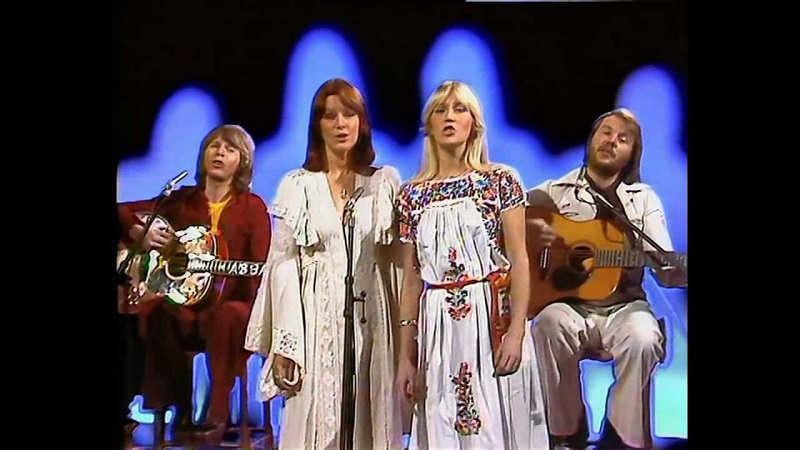‘Fernando’ is not only one of ABBA’s biggest selling singles, but it’s also one of the top 40 biggest selling singles of all time, shifting six million copies in the first year alone. Not too shabby.
Taken from ABBA’s Greatest Hits album (also included on the CD reissue of Arrival), ‘Fernando’ is possibly the most commercially successful song written about the Mexican revolution of 1910. In fact, if anyone can name any other song on the same historical event then email me, you’ll win a prize.
ABBA – ‘Fernando’ Bass Transcription PDF
If you’re still of the opinion that ABBA’s music is lightweight Europop nonsense with no redeeming features (as I did for almost 25 years) then take a closer look at Rutger Gunnarsson’s expertly crafted bass line on ‘Fernando’.
The verse bass part is certainly unusual; palm muted arpeggios state the harmony at the beginning of each verse, starting in conventional bass territory before leaping to the upper reaches of the fretboard. It’s not often that you get a legitimate opportunity to play the really high D on the G-string without someone else in the band giving you a dirty look, so embrace it. This chart also provides a great workout if you’re looking to brush up on your ledger line reading skills.
The Other Thing The Thumb Can Do
Palm muting is an extremely useful technique that doesn’t get a lot of press in bass magazines and doesn’t yield millions of YouTube views. Definitely not as impressive as 8-finger tapping, but much more useful as a tasteful way of altering your articulation – if you’re new to the subtle art of palm muting, be aware that it will take some time to develop any sort of facility, as your hand is now operating in a completely different way to conventional fingerstyle playing. You might also find that each string requires a slightly different amount of muting to achieve a consistent sound, particularly with thinner gauges.

